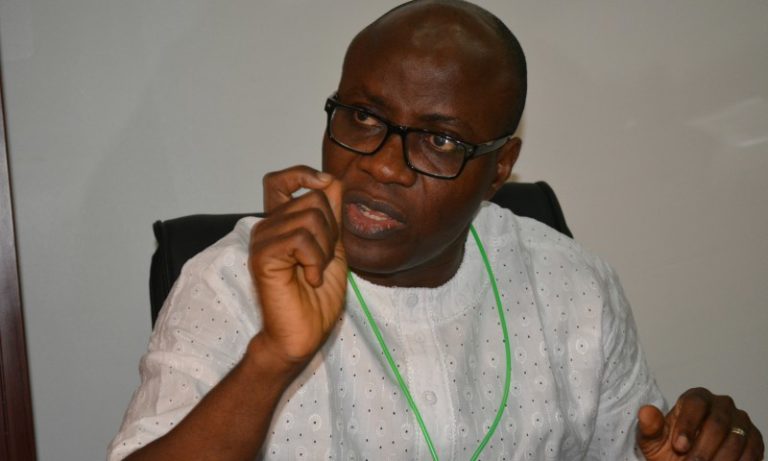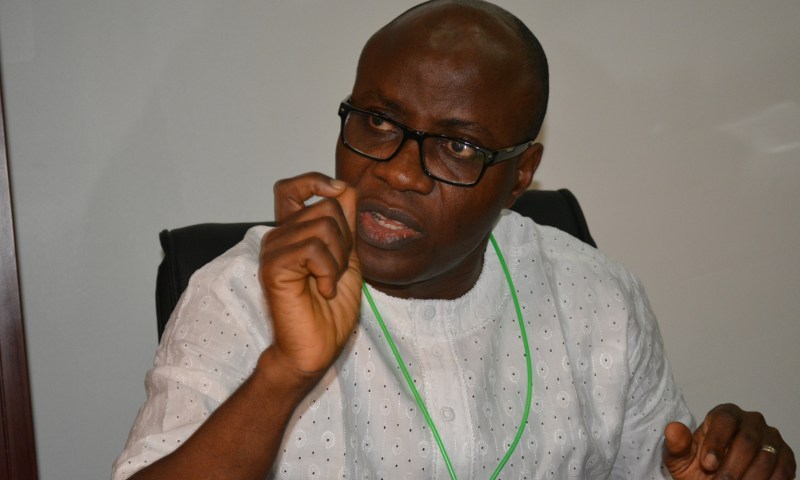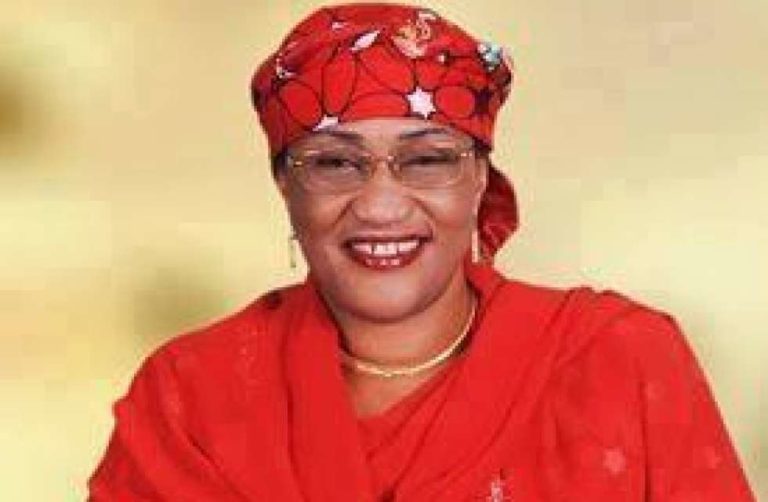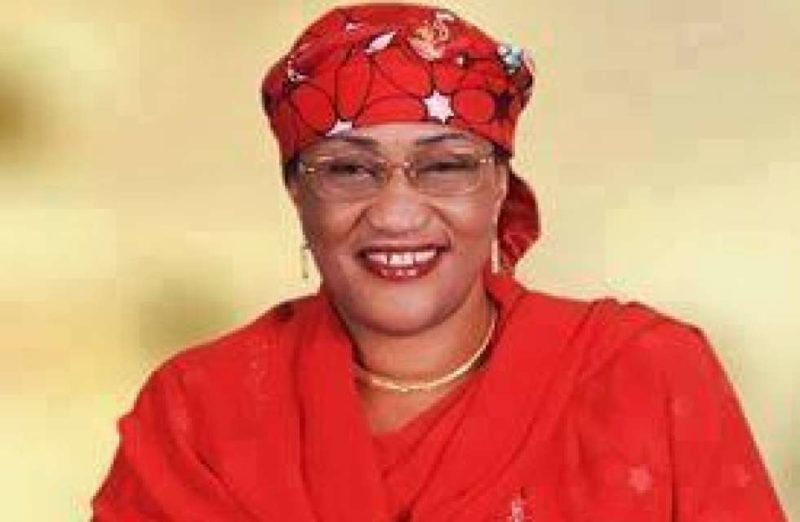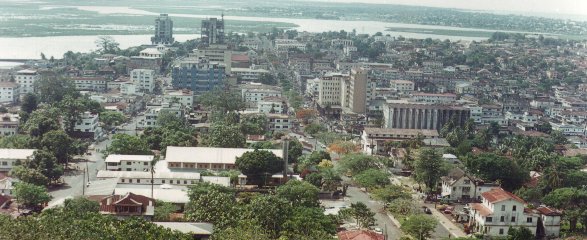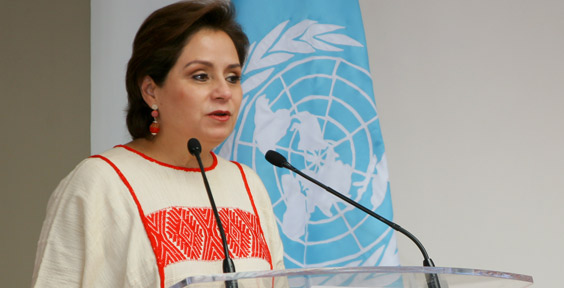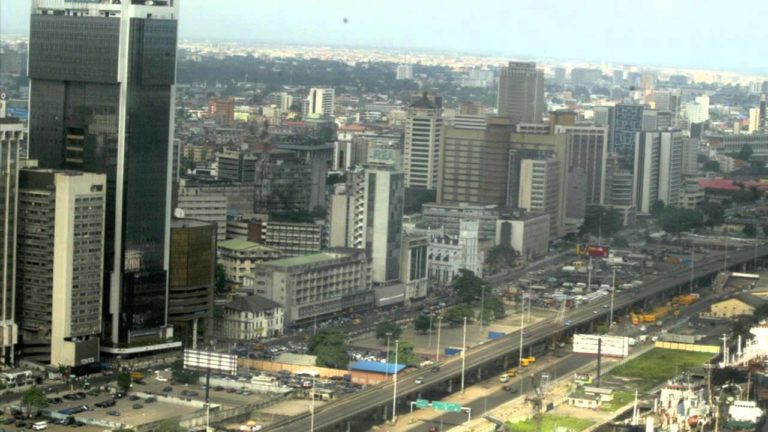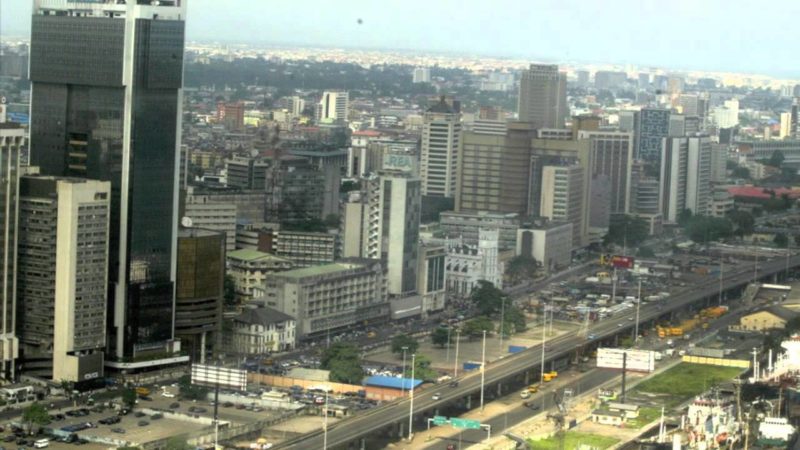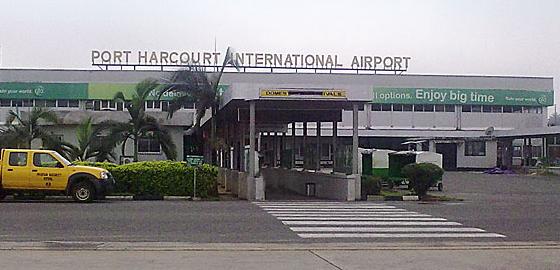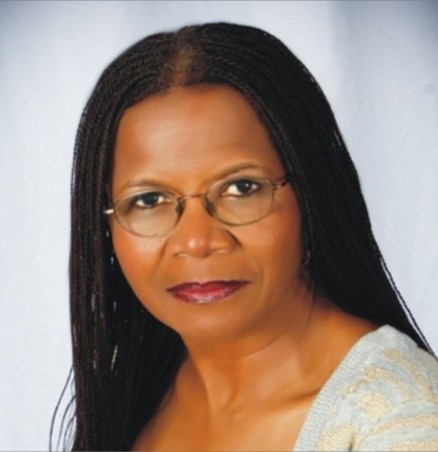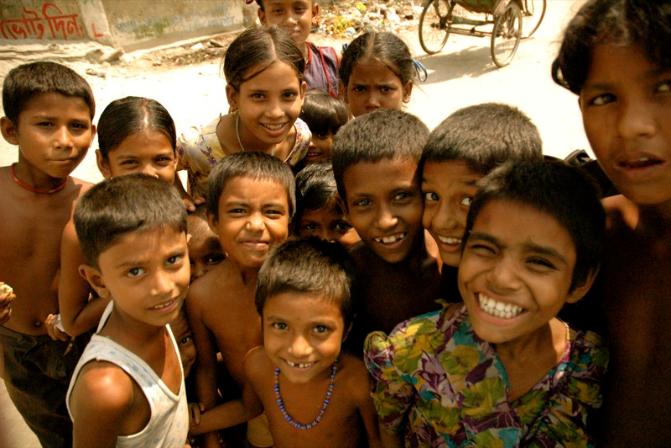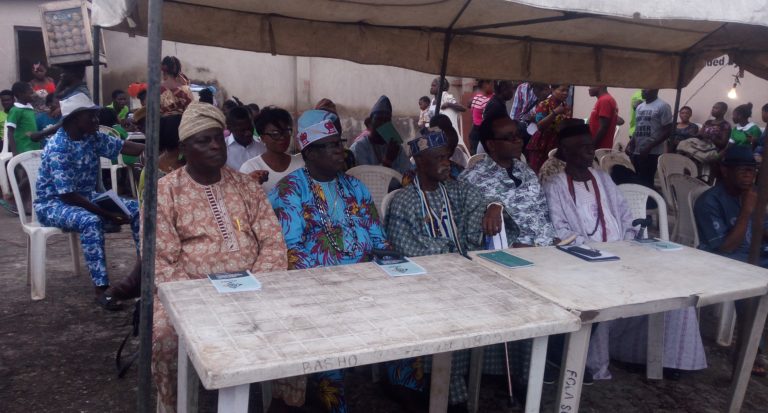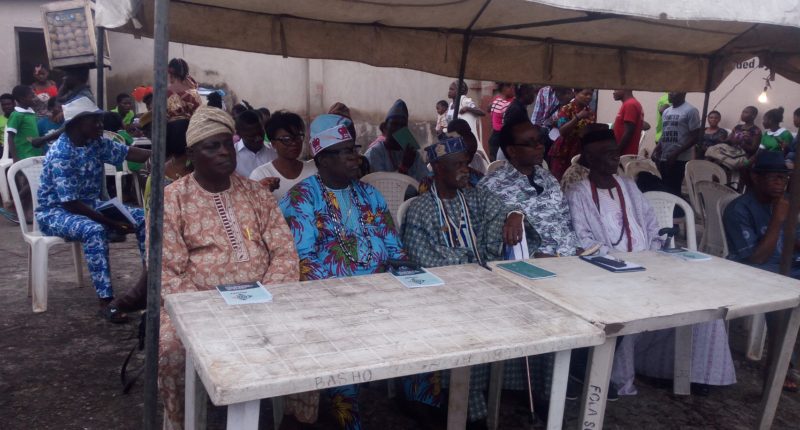The 23rd Session of the Conference of the Parties (COP23) to the United Nations Framework on Climate Change (UNFCCC) scheduled to hold November 6 to 17 in Bonn, Germany is said to be attracting a considerable level of interest, in the light of the number of side events applications received by the organisers.

The UNFCCC disclosed that, by the end of last week’s deadline for official side events, more than 830 applications had been made – “many more than COP22 and more than can be physically accommodated at the upcoming conference on the banks of the River Rhine”.
The UN body stressed that the organisations that have applied for side events include representatives of business and industry, environmental groups, farmers, indigenous peoples, local governments, research institutions, trade unions; along with women, gender and youth groups.
Patricia Espinosa, Executive Secretary of the UNFCCC, said: “There is clearly world-wide excitement, enthusiasm and interest in attending the conference – COP23 – with official organizations keen to showcase their climate action, share ideas and contribute to rapid movement forward. This underlines the significant support for the Paris Climate Change Agreement and its implementation and we thank all those who have applied.
“Clearly it has also left the UN climate convention side events team with some tough decisions to make to try and accommodate as many official side events as is possible. Given the imperative of meeting safety requirements and the physical space available, not everyone who has applied can be given the green light. We will however endeavor to be as creative and sensitive as possible in the selection.”
The many official side events and exhibits by Parties (governments), non-Party stakeholders and the UNFCCC secretariat at COP23 will take place in the “Bonn Zone”, making it a major hub for showcasing climate action, knowledge-sharing, capacity-building and networking. The final decisions on official side events will be taken early September. In addition, interested groups can register for COP23 cultural events in the city of Bonn.
The secretariat of the UNFCCC is hosting COP 23 in close collaboration with the Government of Fiji, who will serve as the President of the meeting and will provide the political leadership to move forward international cooperation on climate change.
The Government of Germany, as the host country of the secretariat, along with the City of Bonn and the State of North Rhine-Westphalia, are providing political and budgetary support to the organisation of the event, which is expected to attract more than 20,000 people.
The UNFCCC urges delegates wishing to attend the global event to make bookings for hotels and other forms of accommodation as soon as possible. Comprehensive information on COP23, including on accommodation and other logistics, can be found in the new UNFCCC COP23 Info Hub.


